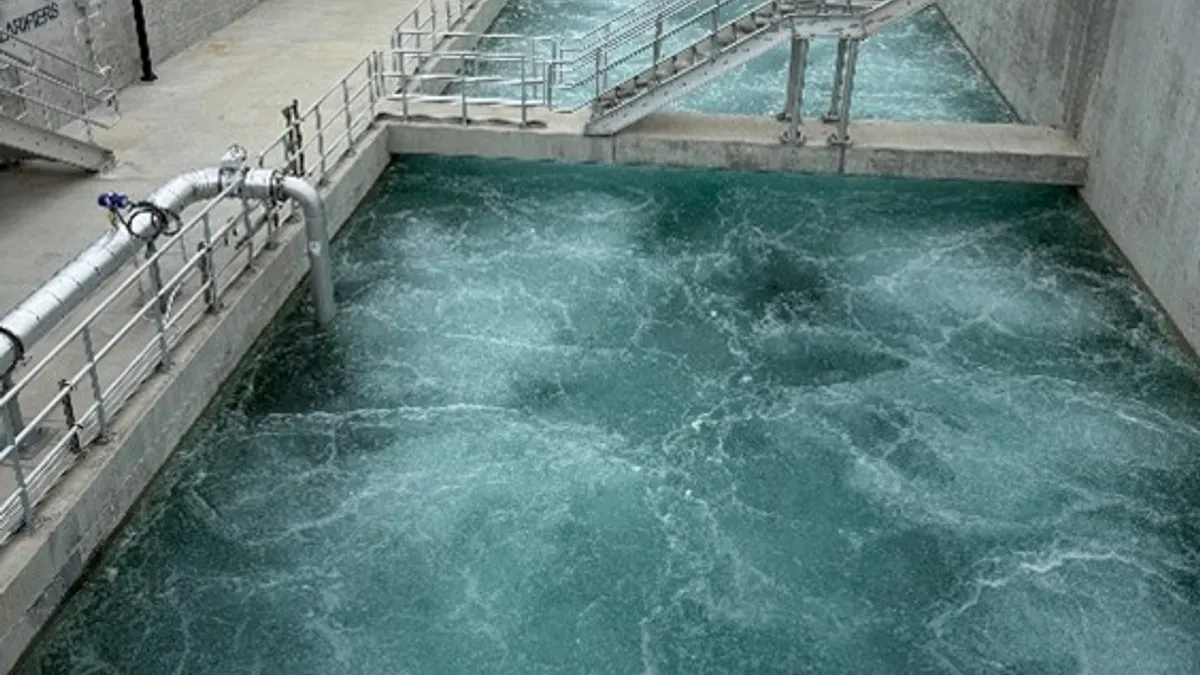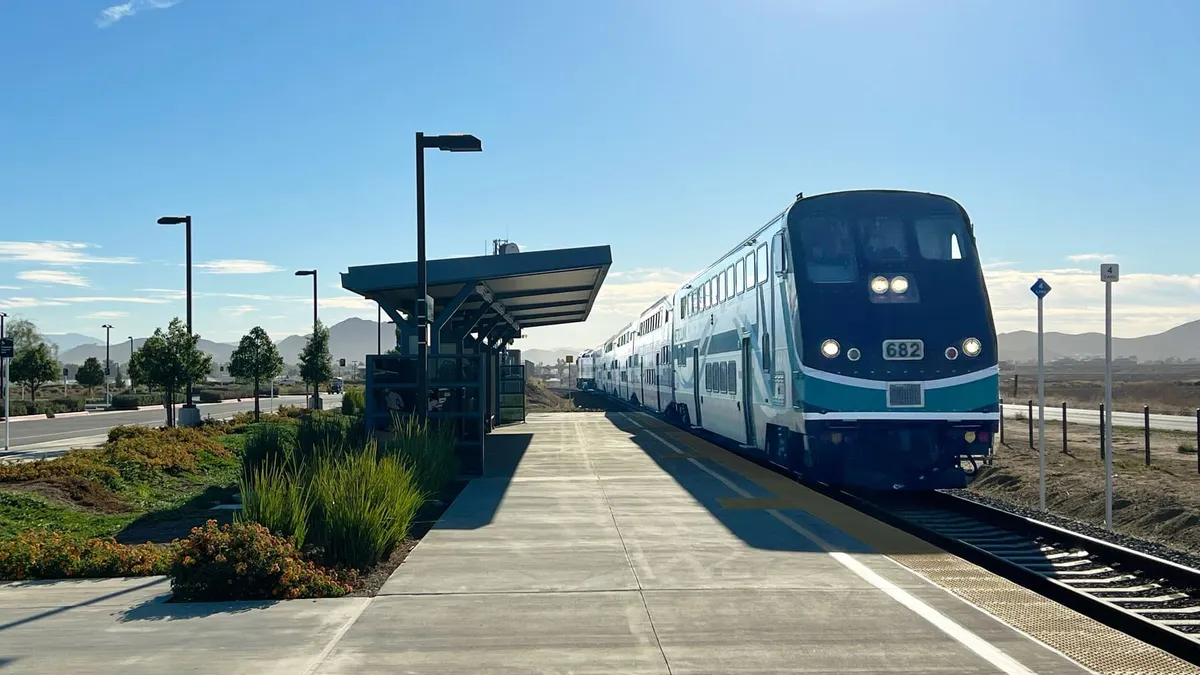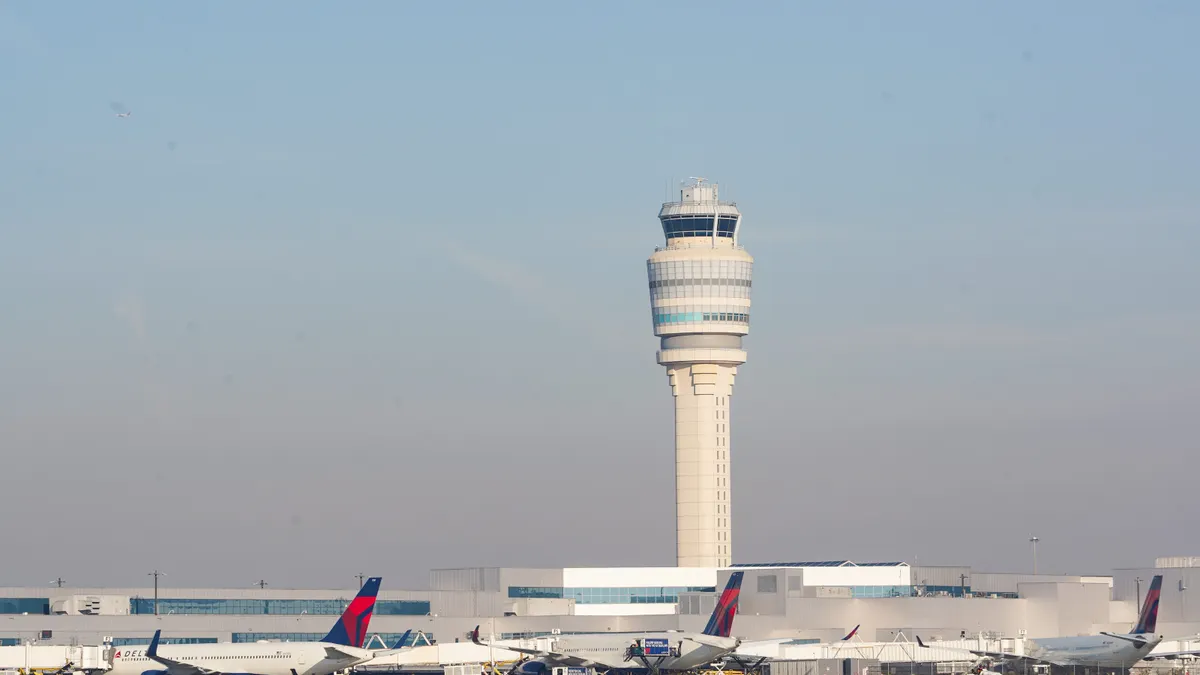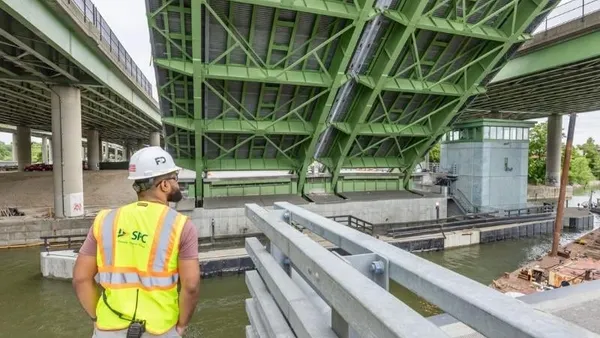In recent months, there have been what seems like a steady stream of natural disasters, devastating communities across the U.S. and leaving their residents with the daunting choice of rebuilding or moving elsewhere.
Houston saw unprecedented flooding after Hurricane Harvey made landfall late last month. Two weeks later, the entire state of Florida was battered by winds, a storm surge and inland flooding courtesy of Hurricane Irma. According to CoStar Group, as much as 27% of Houston’s commercial real estate market &mdash $55 billion worth — was damaged by flooding, and homebuilders there say they have growing customer lists yielding a years-long backlog of people desperate to have their homes repaired.
CoreLogic estimated the total loss in Florida due to Irma at up to $65 billion. Meanwhile, many of the state's flooded rivers keep rising, contributing to additional evacuations and property damage.
Following close on Irma's tail, Hurricane Maria left Puerto Rico without electricity for the foreseeable future and has called into question the U.S. territory’s ability to fully recover. Just as in Florida, the island’s rivers are swollen and ready to burst, raising fears about the structural integrity of dams. A crack in the Guajataca dam in the northwest region of Puerto Rico has already forced the evacuation of 70,000 residents downstream.
While disasters like tornados present themselves too quickly to give the public much advance notice, others, like a hurricane or the slow spread of a wildfire, often, though not always, eave enough time for a quick and orderly mass evacuation. That is made easier through infrastructure capable of supporting such an exodus and the help of technology.
Working with what you've got
Building extra highway lanes or a new roadway for the sole purpose of evacuation is unrealistic, said Alfonso Pedraza-Martinez, assistant professor of operations and decision technologies at Indiana University's Kelley School of Business. Instead, successful evacuations are all about managing the infrastructure already in place.
"Infrastructure is planned for average use," he said. "You don't plan infrastructure for extreme cases. It is super expensive and most of the time [would be] wasted."
That means municipalities need to keep existing secondary roads in good condition and ensure that the services along those routes — such as gas, lodging and food — are able to support a large-scale evacuation.
During the pre-Irma exodus, Florida Gov. Rick Scott caught flak when he refused to open southbound lanes to northbound traffic to ease the bottleneck on Florida’s two main north–south highways, Interstate 95 and Interstate 75. That decision, a strategy called contraflow lane reversal, could have included some flexibility by reversing only one lane of southbound traffic to northbound vehicles. "You can't cut off services altogether," Pedraza-Martinez said. "Having [traffic move] exclusively one way might make things worse if emergency services cannot travel the other way."
Mass transit might seem like the panacea. However, while buses, trains and increased air service might get people out of immediate harm’s way, the question then becomes where those people should go and how to expedite their trip back home once the storm is over, Pedraza-Martinez said. What's more, residents would need to be educated on how to access emergency public transportation services, something state and local officials would need to do well in advance of an emergency — and likely with some degree of regularity for residents of regions continually subject to extreme weather events.
There's no such thing as too many options when it comes to a mass evacuation. "The more alternative modes of transportation you have and the more available they are, the more effective the evacuation process is going to be," Pedraza-Martinez said.
Planning ahead for evacuations
Sean Qian, assistant professor of civil and environmental engineering at Carnegie Mellon University in Pittsburgh, said the country's state transportation departments have been able to amass considerable information about driving patterns and the use of highways and main arterials during the last decade. That data could be useful in creating models that can inform officials' plans for high-capacity events like a mass evacuation. Closing lanes, reprogramming traffic signals and emergency traffic routing are some of the measures on the table when trying to get people from point A to point B safely and efficiently in such a situation, he said.
Emergency information should be managed and dispensed from a centralized, informed state agency, he said, as current crowdsourced driving apps, like GasBuddy, have not proven reliable for such large-scale, coordinated use as a mass evacuation. That particular app relies on user updates to inform others about gas availability and pricing. In a fast-changing, emergency situation like a hurricane, the information posted online could lag real-time changes. "What we really need from an agency perspective is for them to provide users a very specific supply map and [information about] congestion, and travel time in a much more accurate manner — the information people need to know as part of the evacuation process,” Qian said. "These critical pieces of information should be updated and corrected in the real-time, along with information that proactively route evacuees."
New technology has a role to play as well. That can be as simple as LED lighting and as complex as flood simulation programs projecting water levels and making evacuation decisions more accurate and timely.
"Infrastructure is planned for average use. You don't plan infrastructure for extreme cases."

Alfonso Pedraza-Martinez
Assistant Professor, Indiana University
Ken Forbes, senior marketing representative for lighting and water at Johnson Controls, said LED roadway lighting could play a critical role in safer mass evacuations. State transportation departments like those in Washington and Michigan, are gradually adopting the technology to save money and create a better quality lighting experience for drivers.
"In an emergency, [officials] can highlight a problem area of the city by raising the light or changing the color of the light," he said. LEDs can also be programmed to illuminate an evacuation route, pinpoint areas of flooding — aided by an added layer of climate detection sensors — and improve visibility in heavy rain, fog or smoke.
Most roads are already equipped with light poles, which is the basic infrastructure required for LED luminaires. That means installation would consist of swapping out the fixture head.
Timing matters
Evacuating as early as possible is critical. That's where simulation software comes in. Models can be created to project where, how much and for how long water will flow into a certain area during rain events. To be effective, they require accurate topography and an up-to-date layout of the structures that could change the flow of water, according to Eric Chappell, community evangelist for Autodesk’s InfraWorks 360.
"You model an event based on rainfall and topography," he said. "Once you know what you're up against, you can change numbers and run a different model very quickly." The models can also include the impact of storm debris on water flow, as well as scenarios in which a dam bursts. InfraWorks modeled the Oroville dam spillway failure after the incident to give a clearer view of what happened as well as to forecast where the water might have ended up had the dam fully broken.
It takes a combination of practical and technology-driven measures to maximize public safety during an emergency and ensure a safe getaway for locals. State DOTs can lay the groundwork for future emergencies today by evaluating their evacuation procedures, promoting programs that keep infrastructure in working order and ensuring they have a viable plan to relay accurate information to the public before, during and after disaster happens.




















